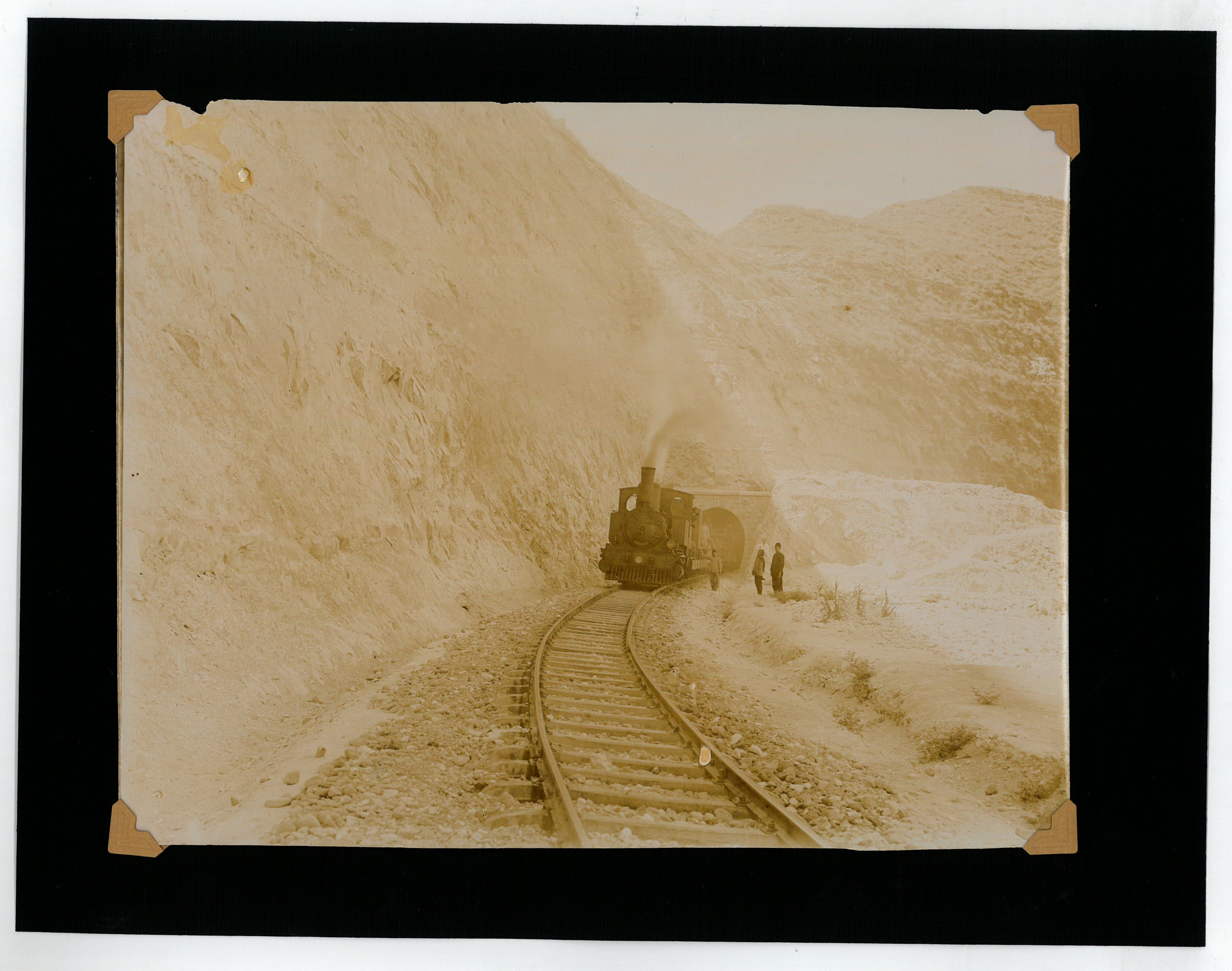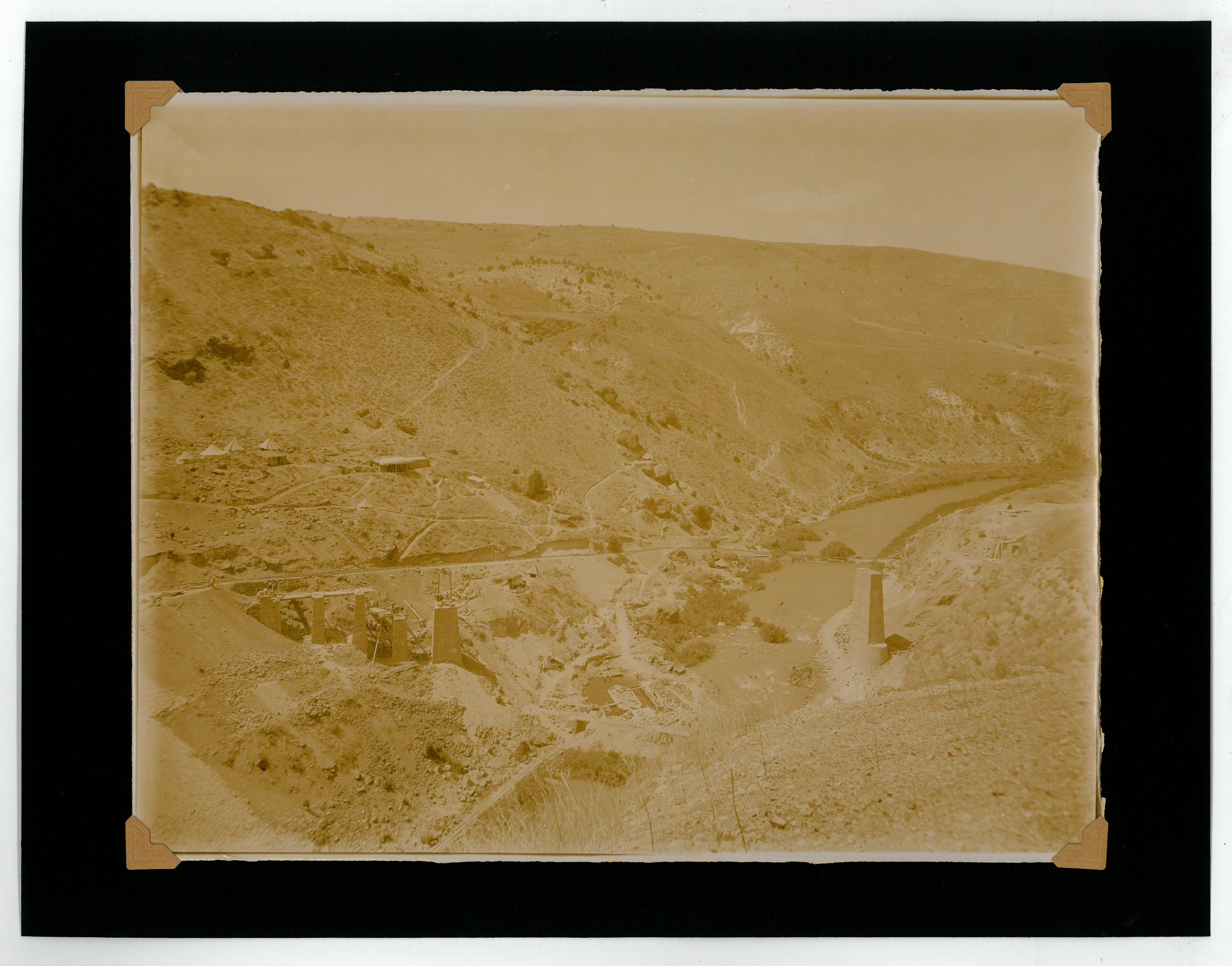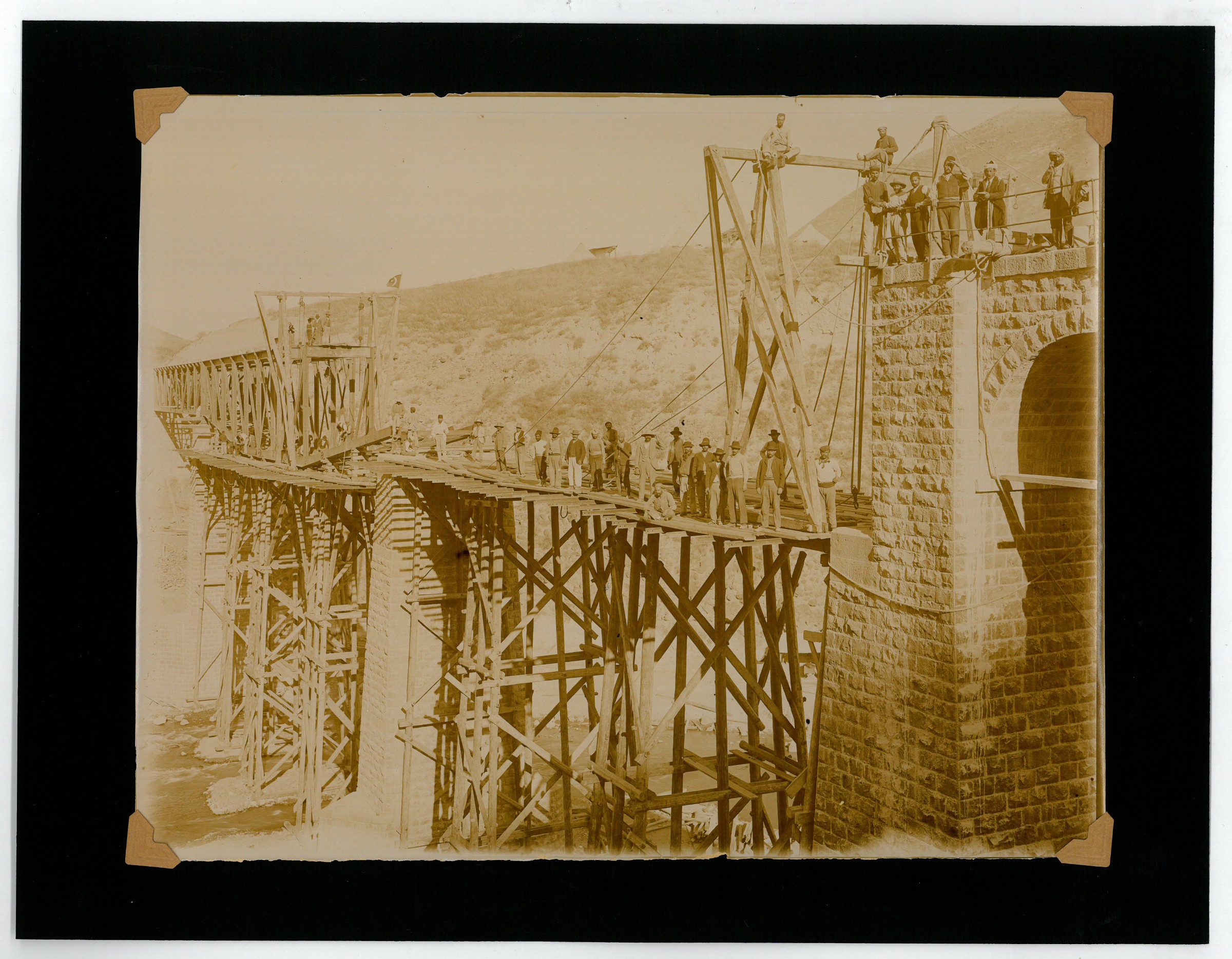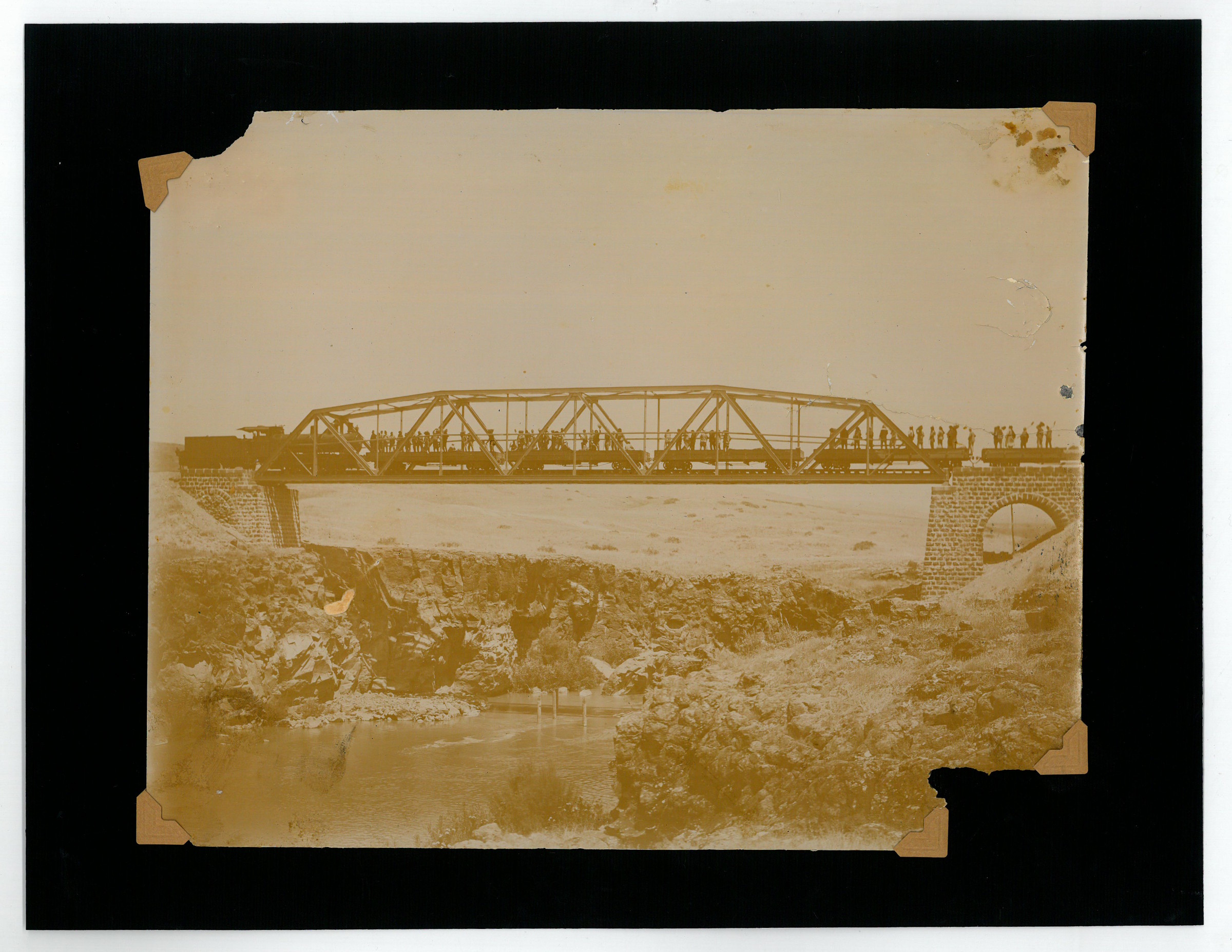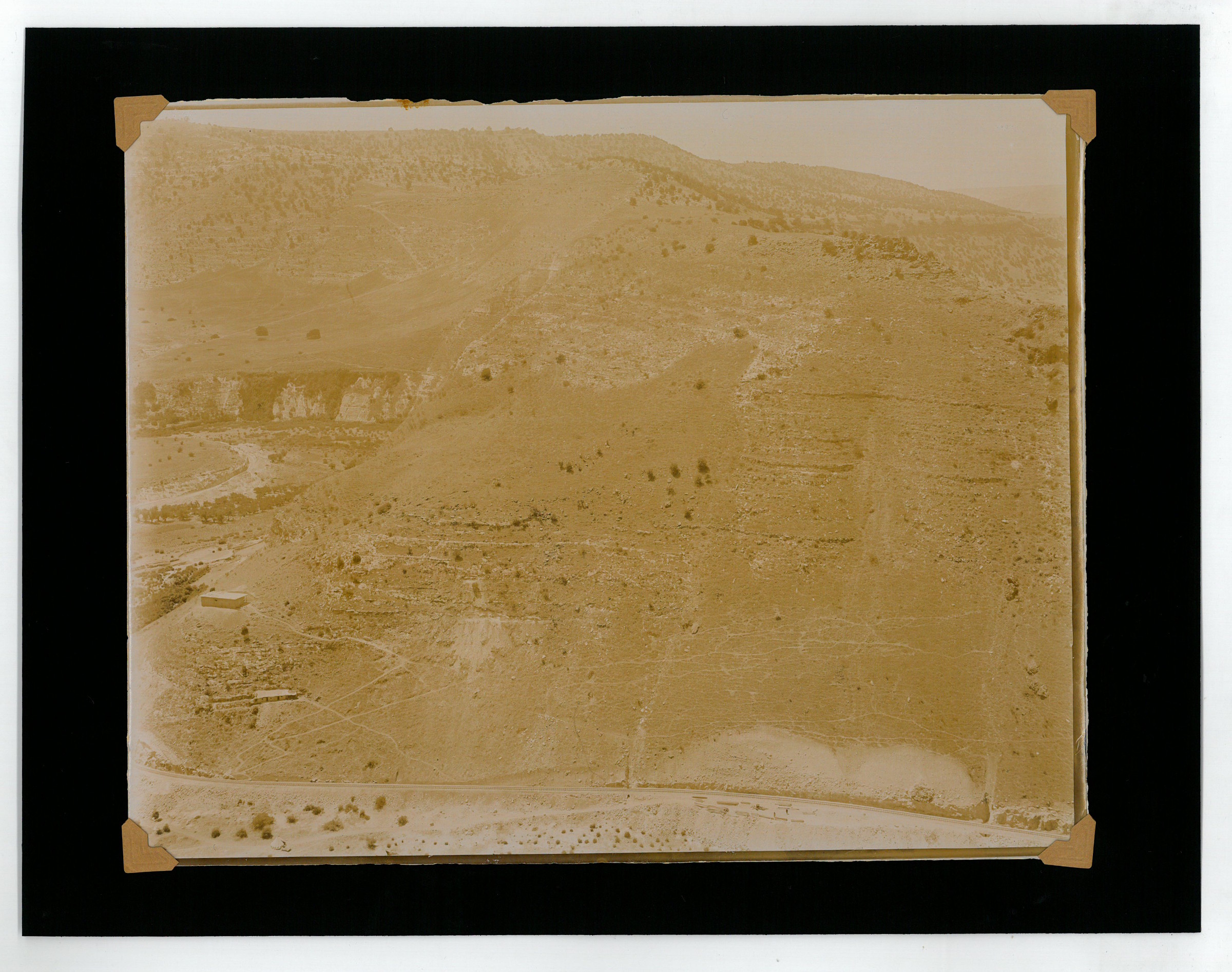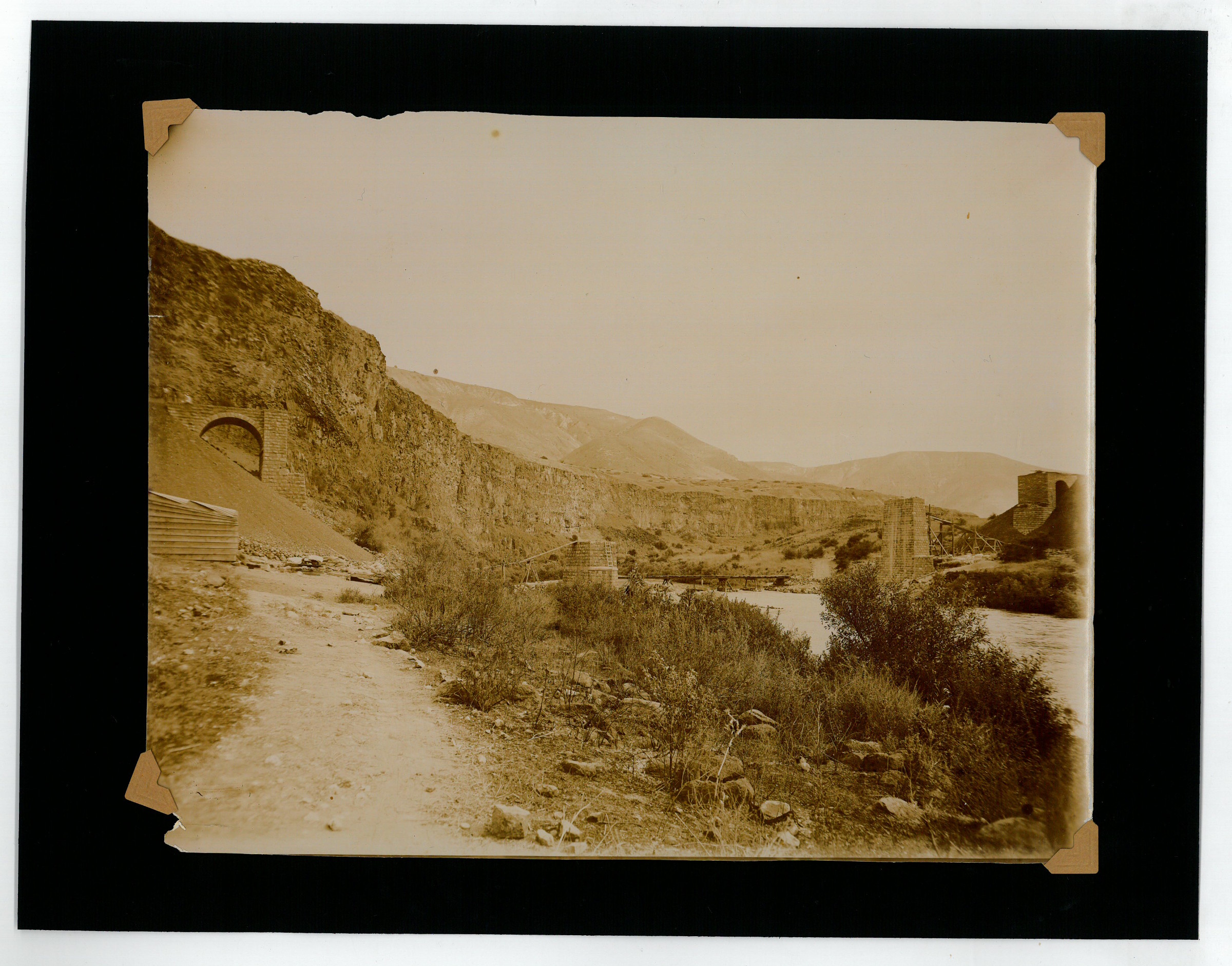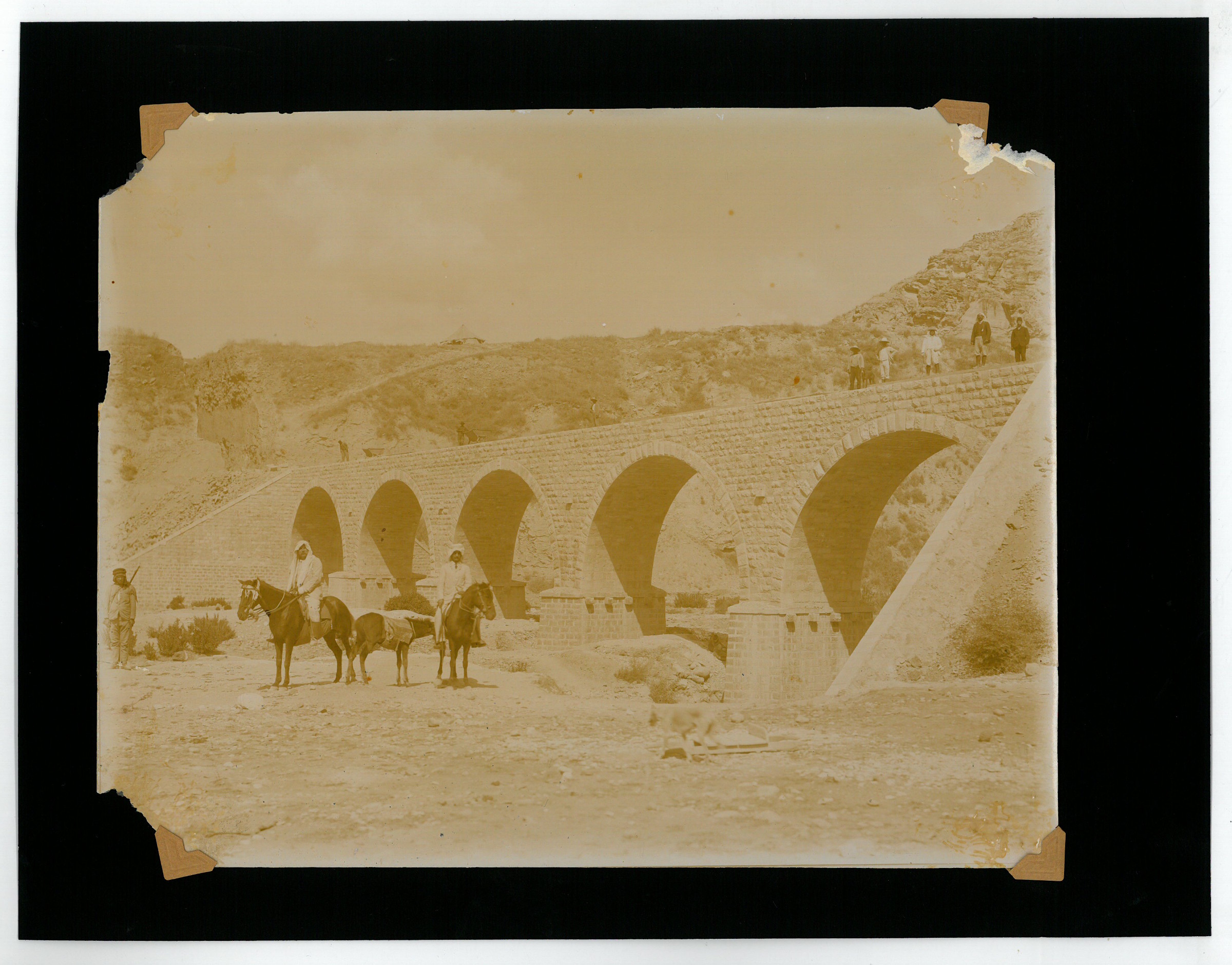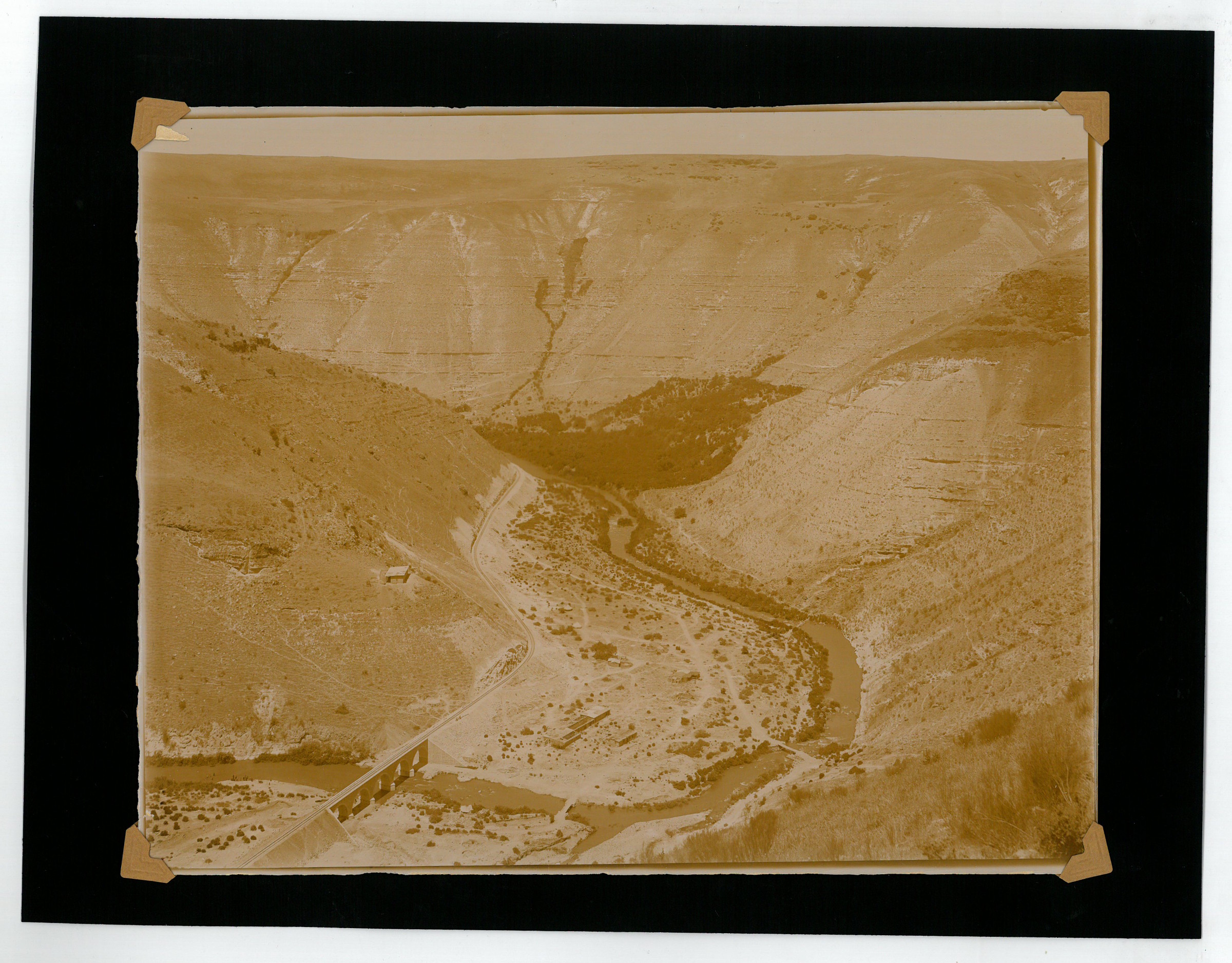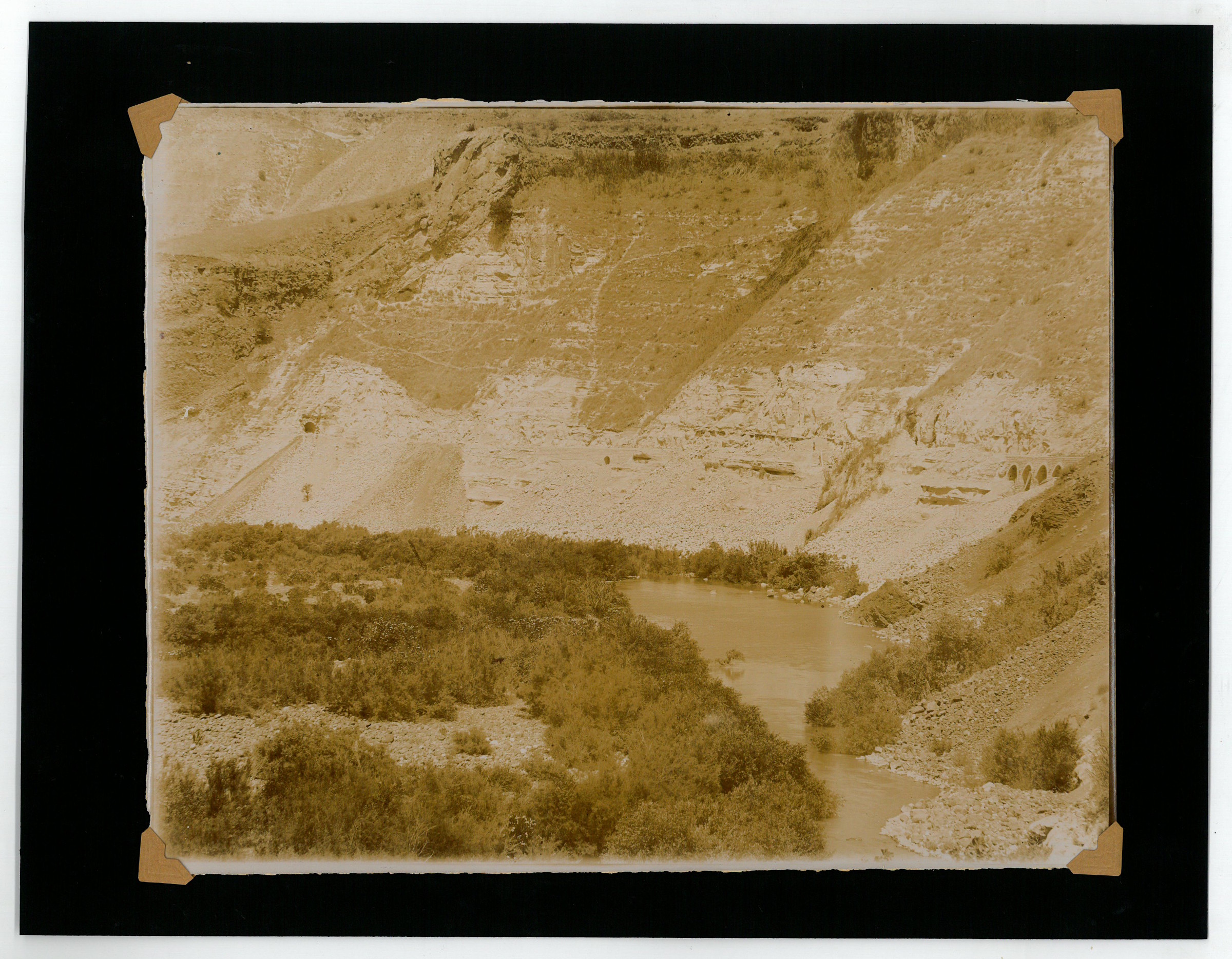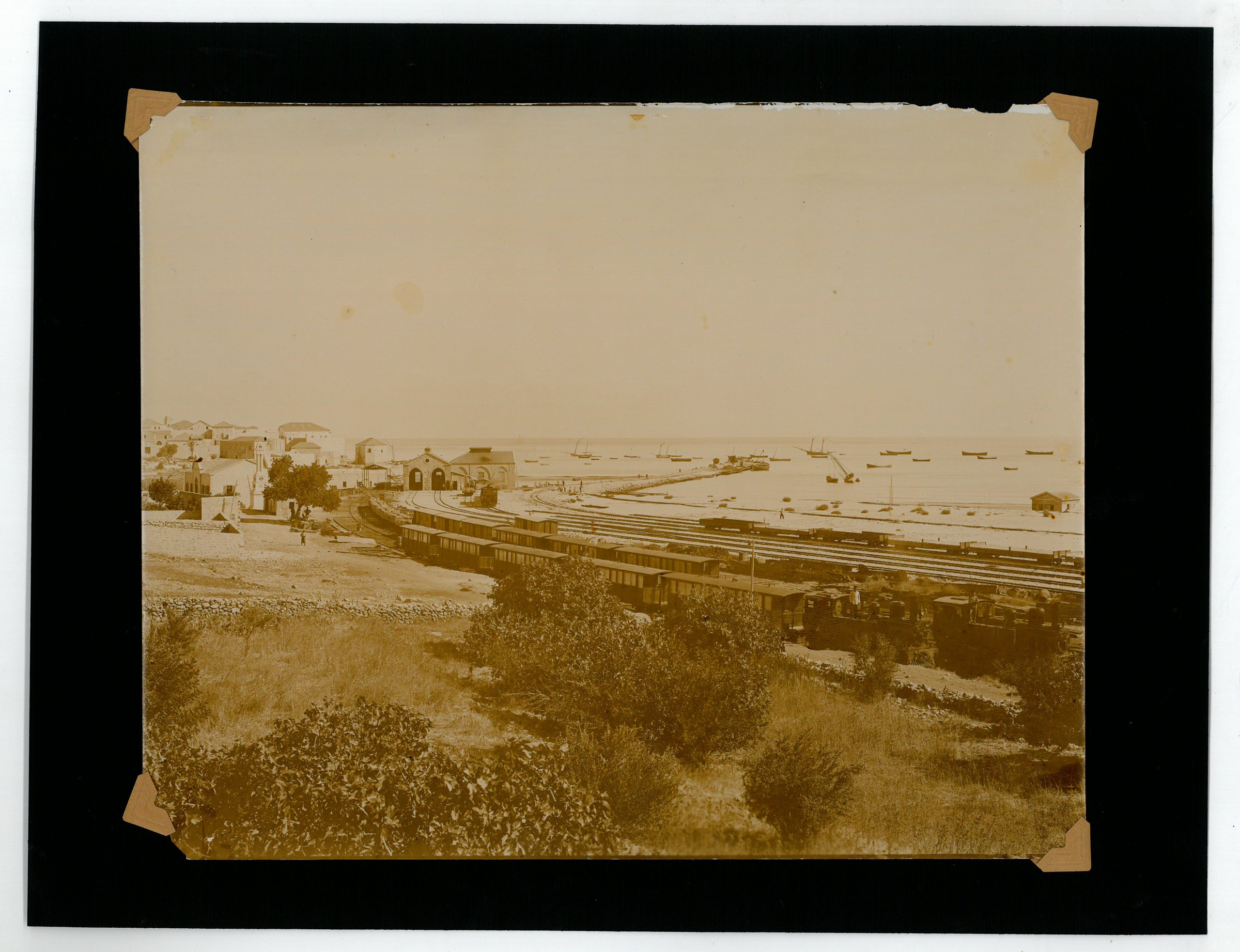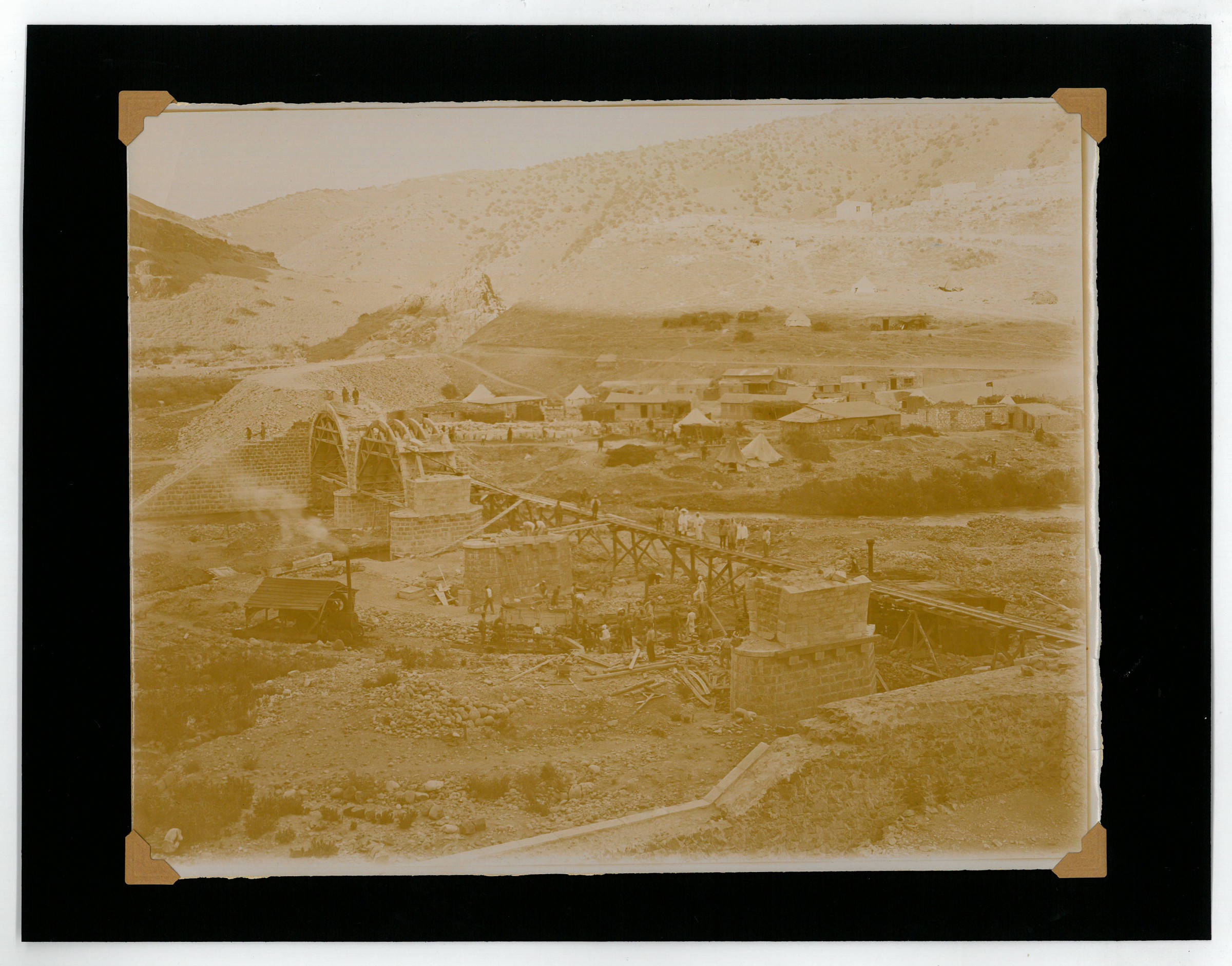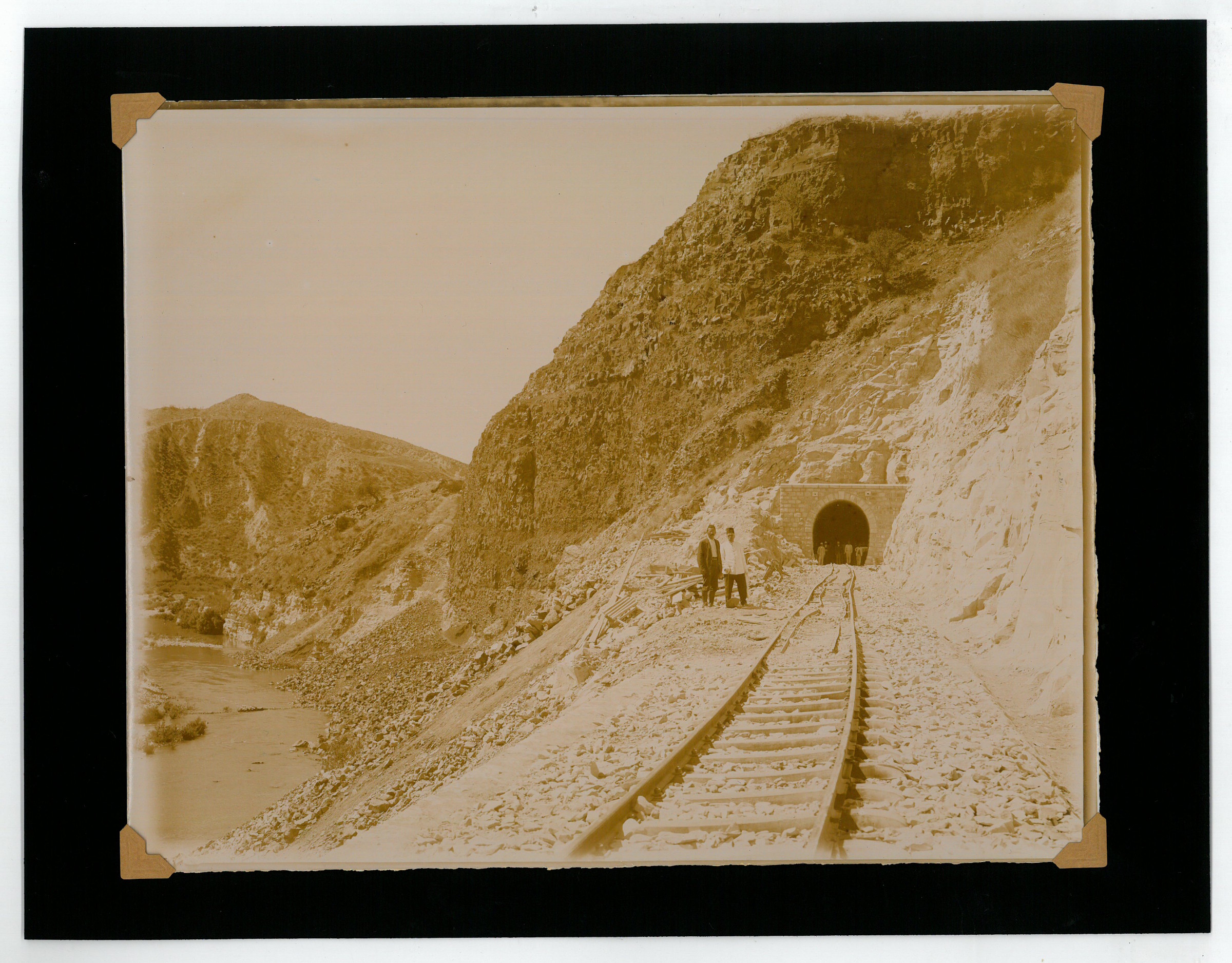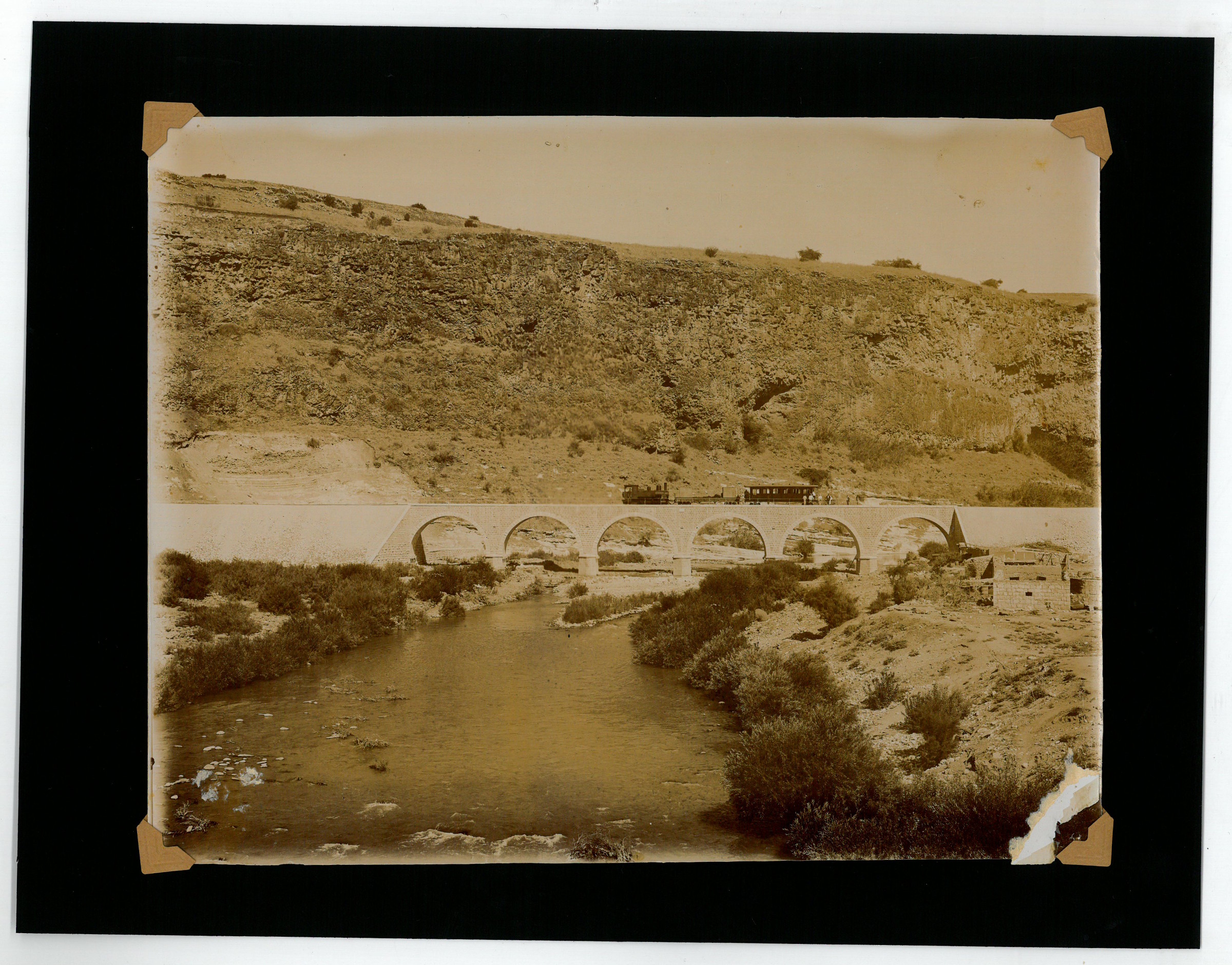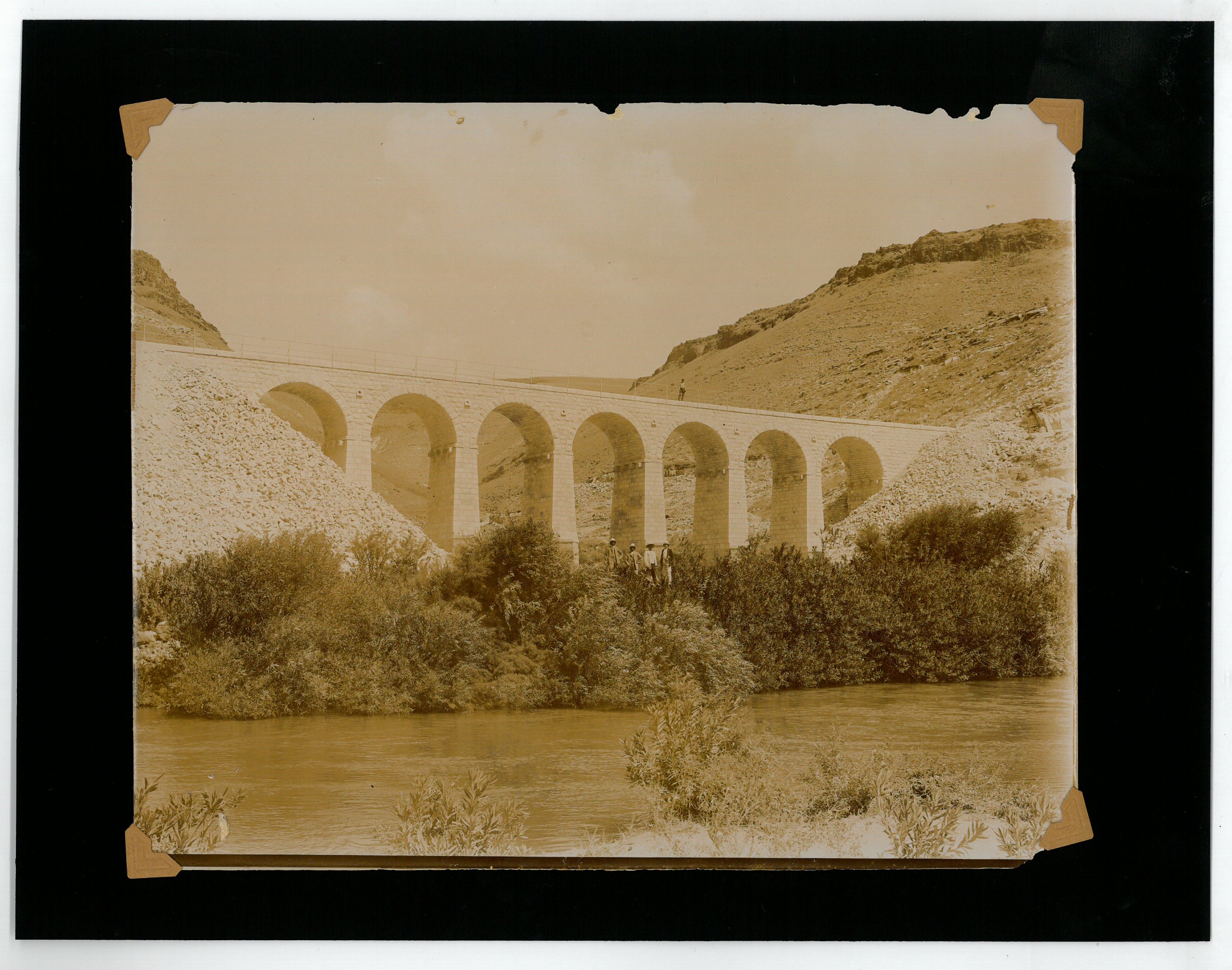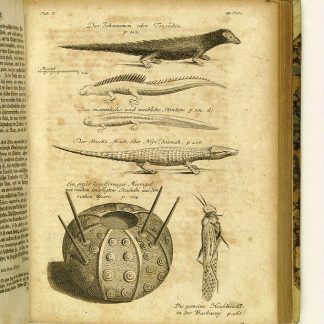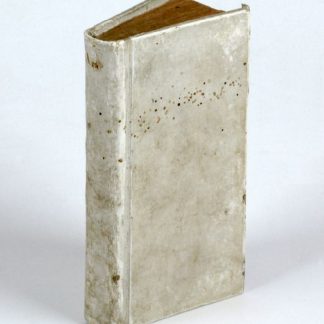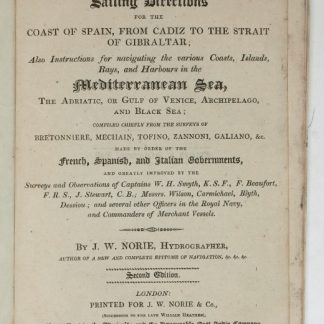A trove of photographs depicting the construction of the Hejaz Railway, more than half undocumented
Hejaz Railway photographs.
27 albumen photographs, each 248 x 200 mm, tipped in to black cards measuring 305 x 236 mm. Stored loosely within individual protective archival sleeves and a custom-made full cloth portfolio (324 x 250 mm).
A trove of over two dozen photographs documenting the monumental effort of infrastructure engineering which resulted in the Hejaz Railway. The photographs were most likely taken by Armenian photographer J. H. Halladjian, based in Haifa and active from the 1890s to the 1910s. They show the challenges of construction in Ottoman Syria, including bridge and tunnel building, scenes of labourers at work and at rest, and portraits of a few of the architects of the project.
The Hejaz Railway became a focal point of the pan-Muslim policy pursued by Sultan Abdul Hamid II (1842-1918) in the years leading up to the First World War, and the project was famously funded in part by Muslim donations. The railway ran 1,300 kilometres from Damascus to Medina, with a branch line to Haifa on the Mediterranean Sea. Its aim was twofold: first, to connect Istanbul to the religious centers at Mecca and Medina (though it achieved only the latter), and second, to facilitate Ottoman troop movements through Arabian holdings. Due in part to these military aims, the Hejaz Railway became a major target during the Arab Revolt, and T. E. Lawrence himself attacked it with some success.
The first photograph in the set depicts a crowd of dignitaries and railway workers in front of the monument unveiled in Haifa upon completion of the branch line in 1905. The Imperial War Museum identifies the two "centre figures" as "Kazim Pasha, Hamdi Pasha", the latter likely referring to Ahmed Hamdi Pasha, a Kurdish Ottoman minister. To left of centre and in military dress is likely the chief engineer, Mouktar Bey, who was photographed at a similar ceremony in Medina in 1908. On the far left of the entire group is Heinrich August Meissner (1862-1940), the German head of the Hejaz Railway project and the mind behind the Ottoman railway system.
Many of the engines supplied for the railway were built by German companies such as the Sächsische Maschinenfabrik, August Borsig, and Arnold Jung Lokomotivfabrik. Mostly tank engines appear in photographs, though at least one has a tender, and are generally early Krauss tank engines, built by the Krauss Locomotive Works based in Munich and Linz.
Construction in the Hejaz faced not inconsiderable challenges. It was difficult to find the manpower needed for such a large project; many workers were in fact Ottoman soldiers promised an exemption from one-third of their military service in return for their labour. The photographs show important stages in construction in the Yarmuk River Valley. One photograph, depicting the first bridge to be completed, was sent by Kazim Pasha to the Sultan, and was the first image of the Haifa to Deraa line seen in Istanbul. Upon receiving it, the Sultan awarded Meissner a medal. Others show the largest (and most expensive) masonry bridge in the Yarmuk Valley, early stages of construction on the first and largest girder railway bridge after entering the Valley (which, incidentally, T. E. Lawrence tried to destroy during his first raid in June 1917), a newly constructed railway bridge with an ancient Roman bridge over the Yarmuk (or perhaps the Jordan) in the background, a great curve in the line known as the Peninsula between the stations of Wadi Kelt and Shajara, three newly constructed tunnels, and more. One fantastic shot shows a group posing atop one of the giant supports for one of the girder bridges, including a European man and woman standing to one side. It is perhaps worth noting that Gertrude Bell (1868-1926) was in Damascus in 1905, where she met with Hüseyin Nazim Pasha, a governor of Syria who she noted was one of the men in charge of building the Hejaz Railway, though nothing currently places her in this exact spot.
Some photographs show signs of wear or chipping, with minor repairs and loss. The Imperial War Museum holds a set of 92 prints from Halladjian's photo documentation of the Hejaz Railway, only a dozen of which are also to be found in the present collection, some in print states different from ours, while no fewer than fifteen images have not been seen before.
Altogether a fabulous example of late Ottoman engineering and photography alike. A complete list of the images is available on request.




